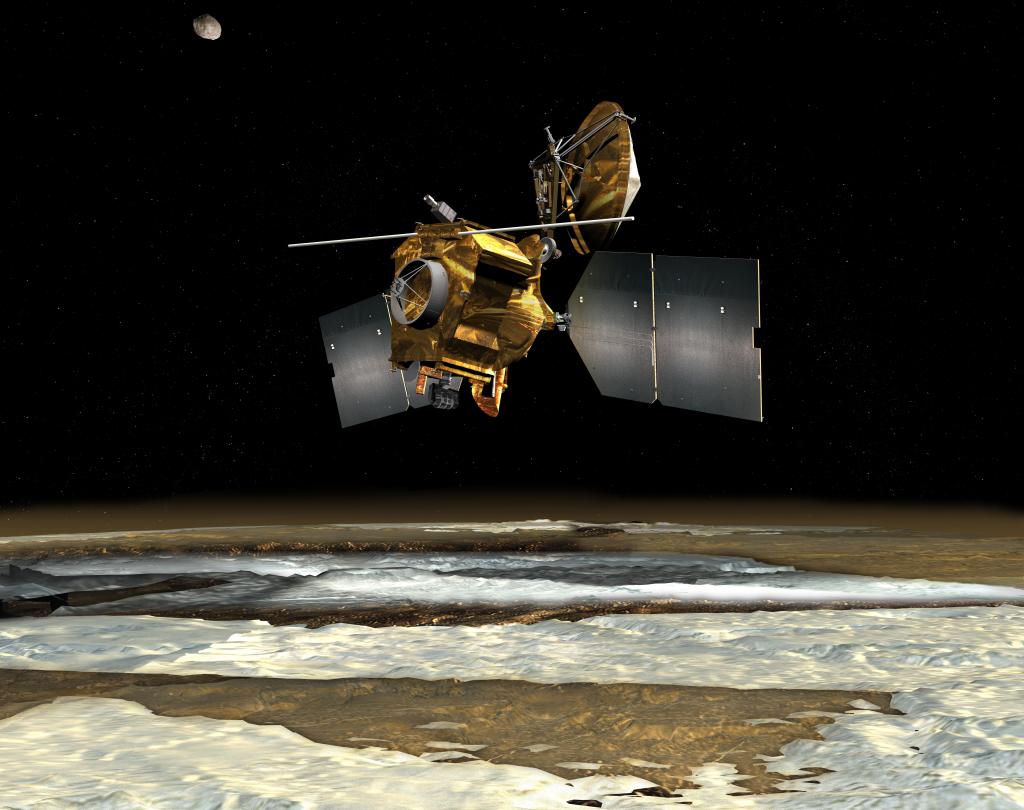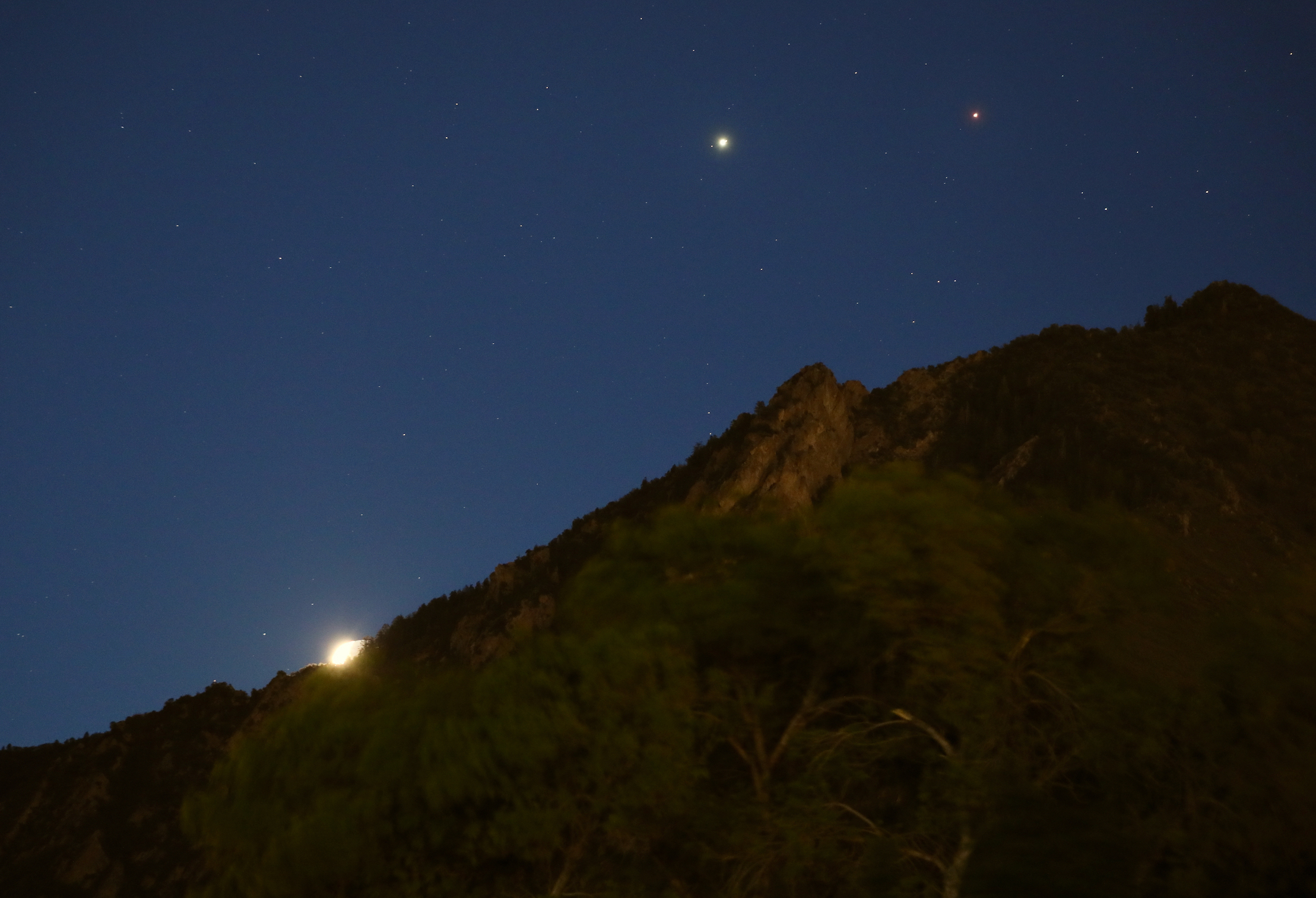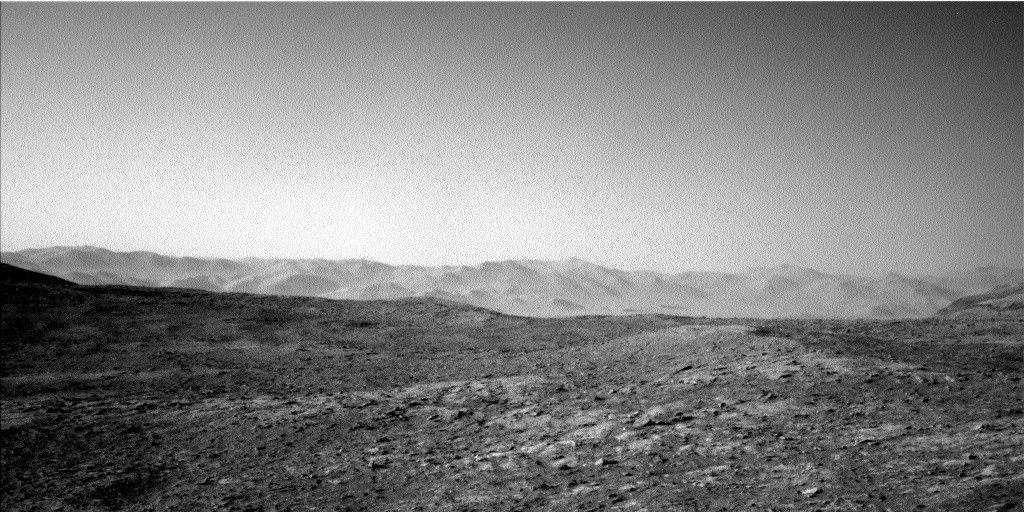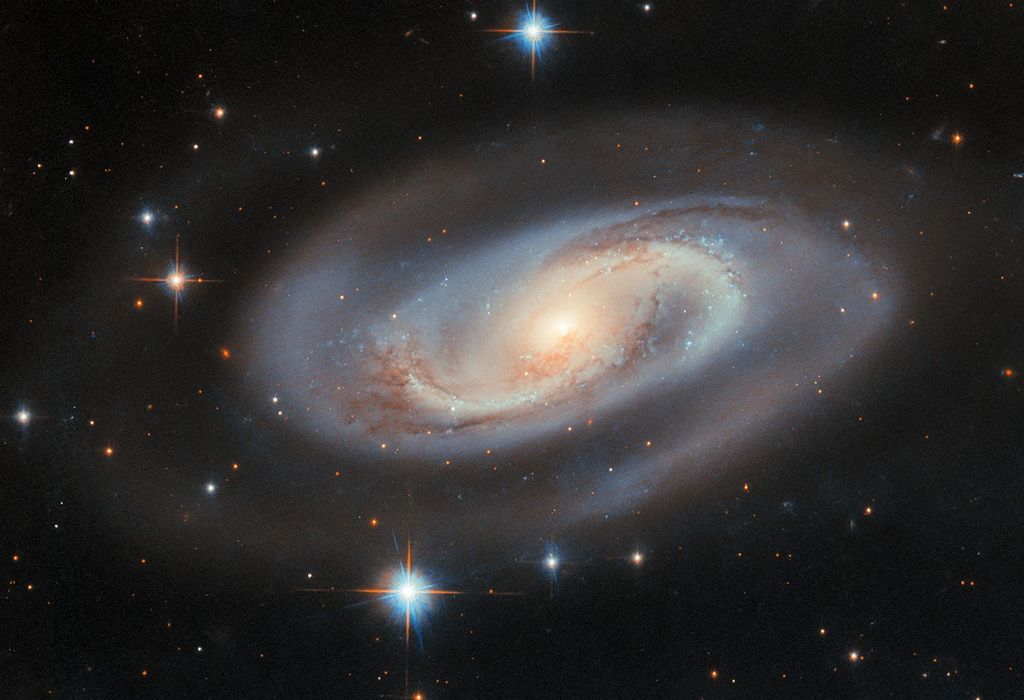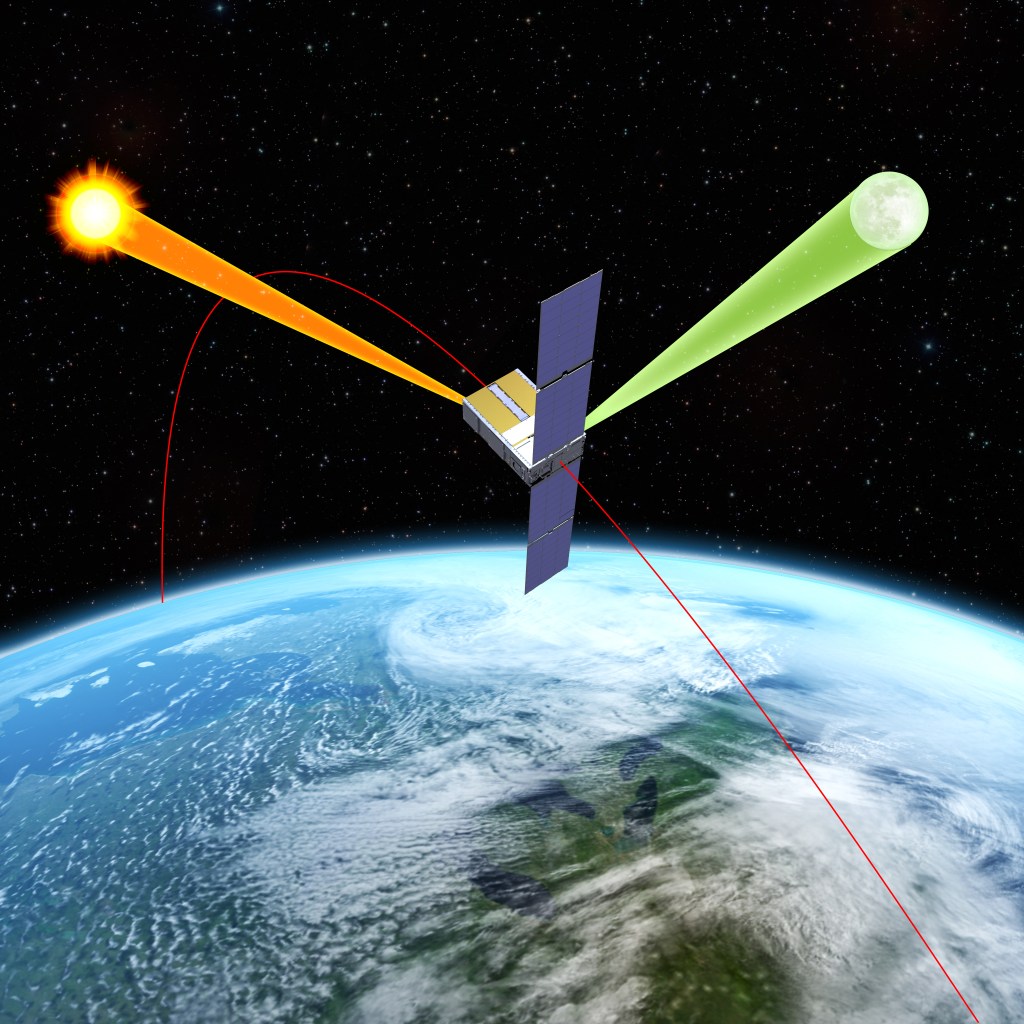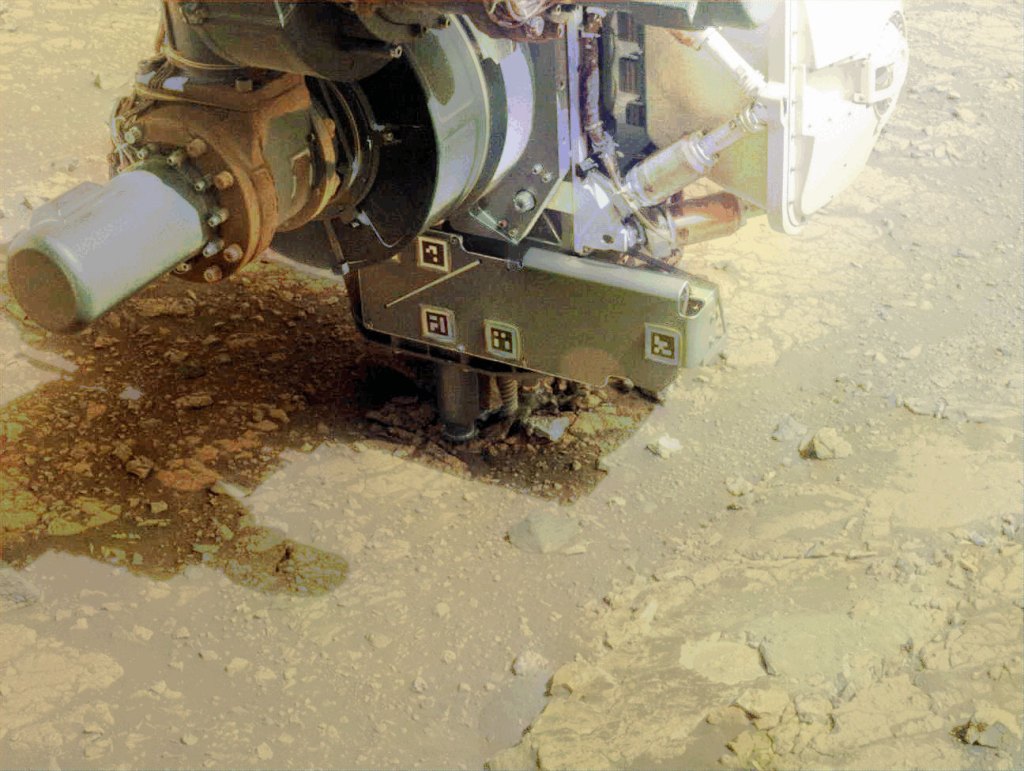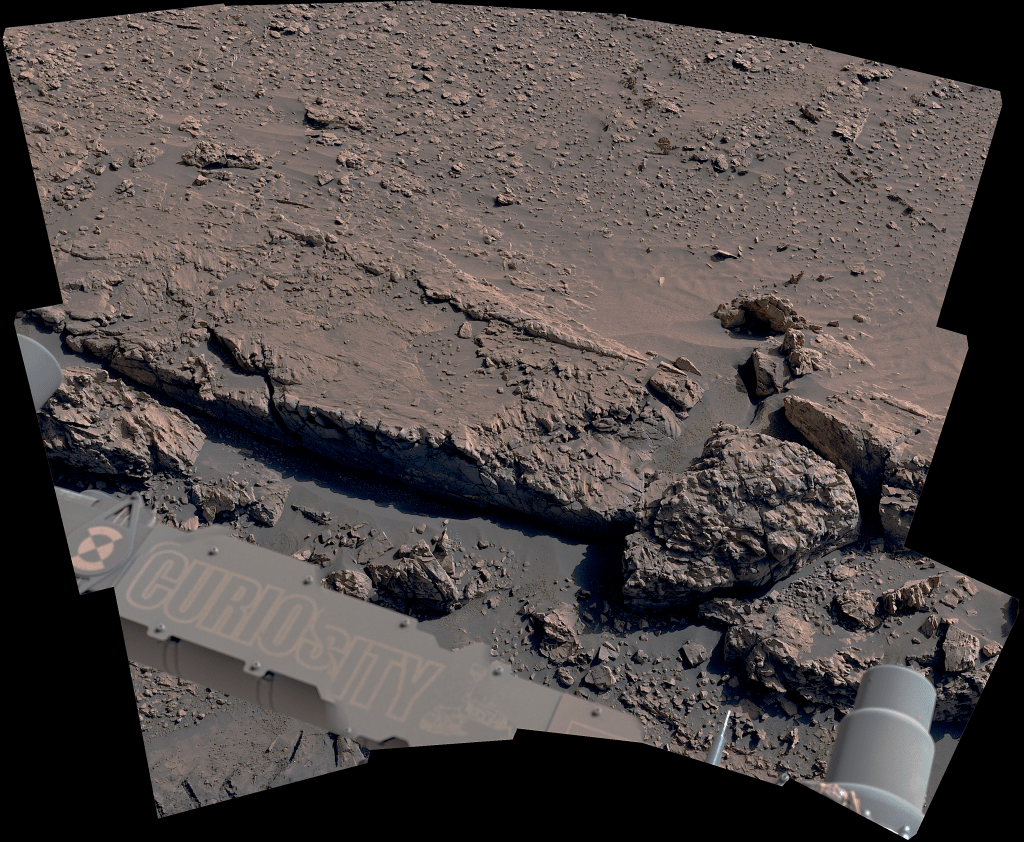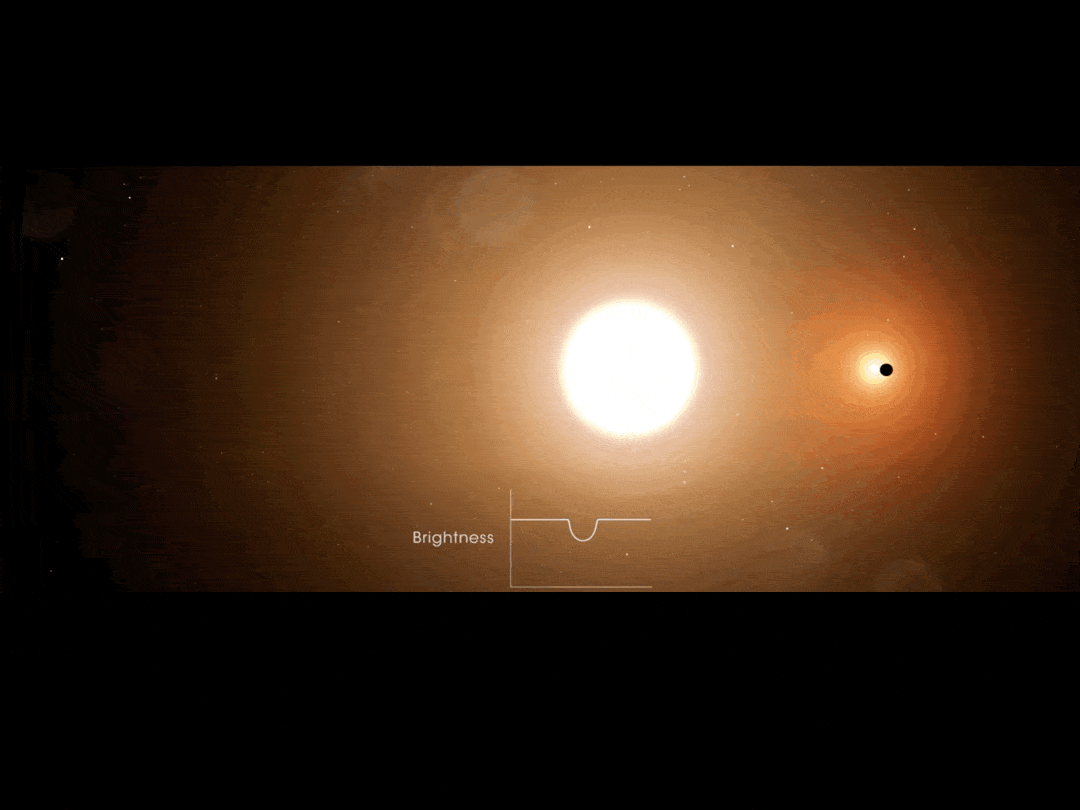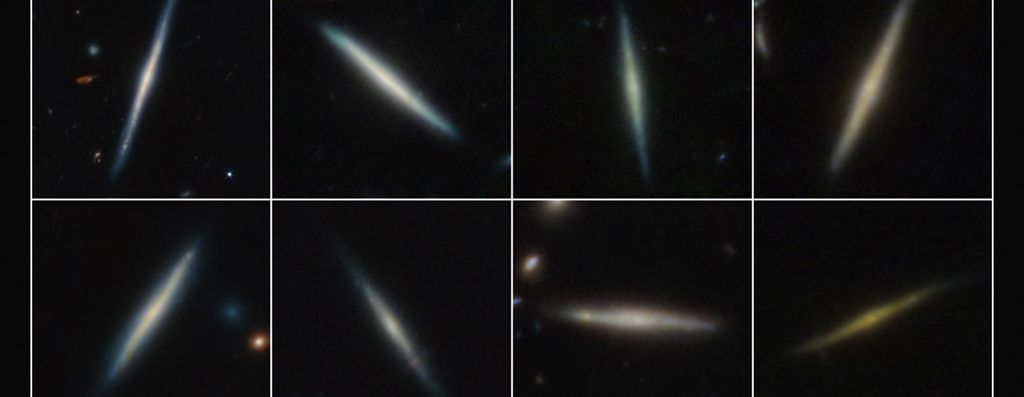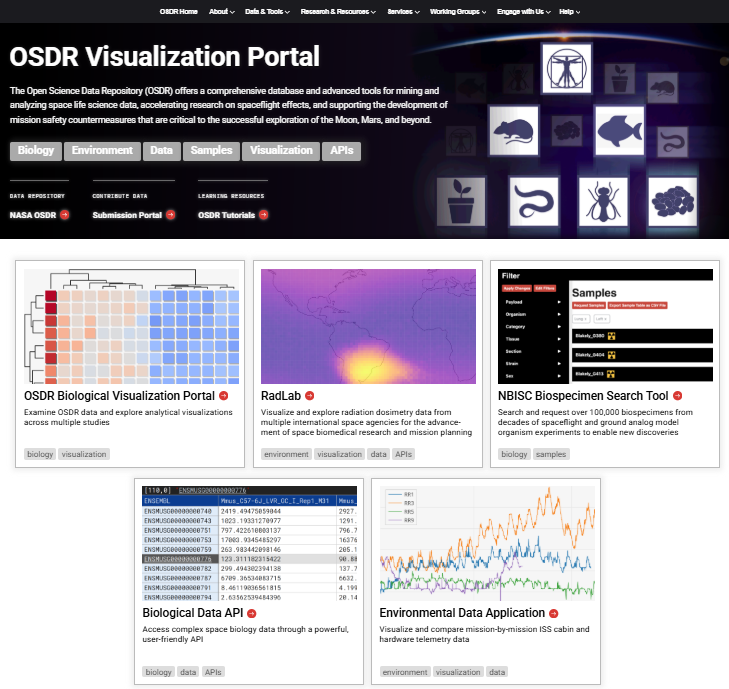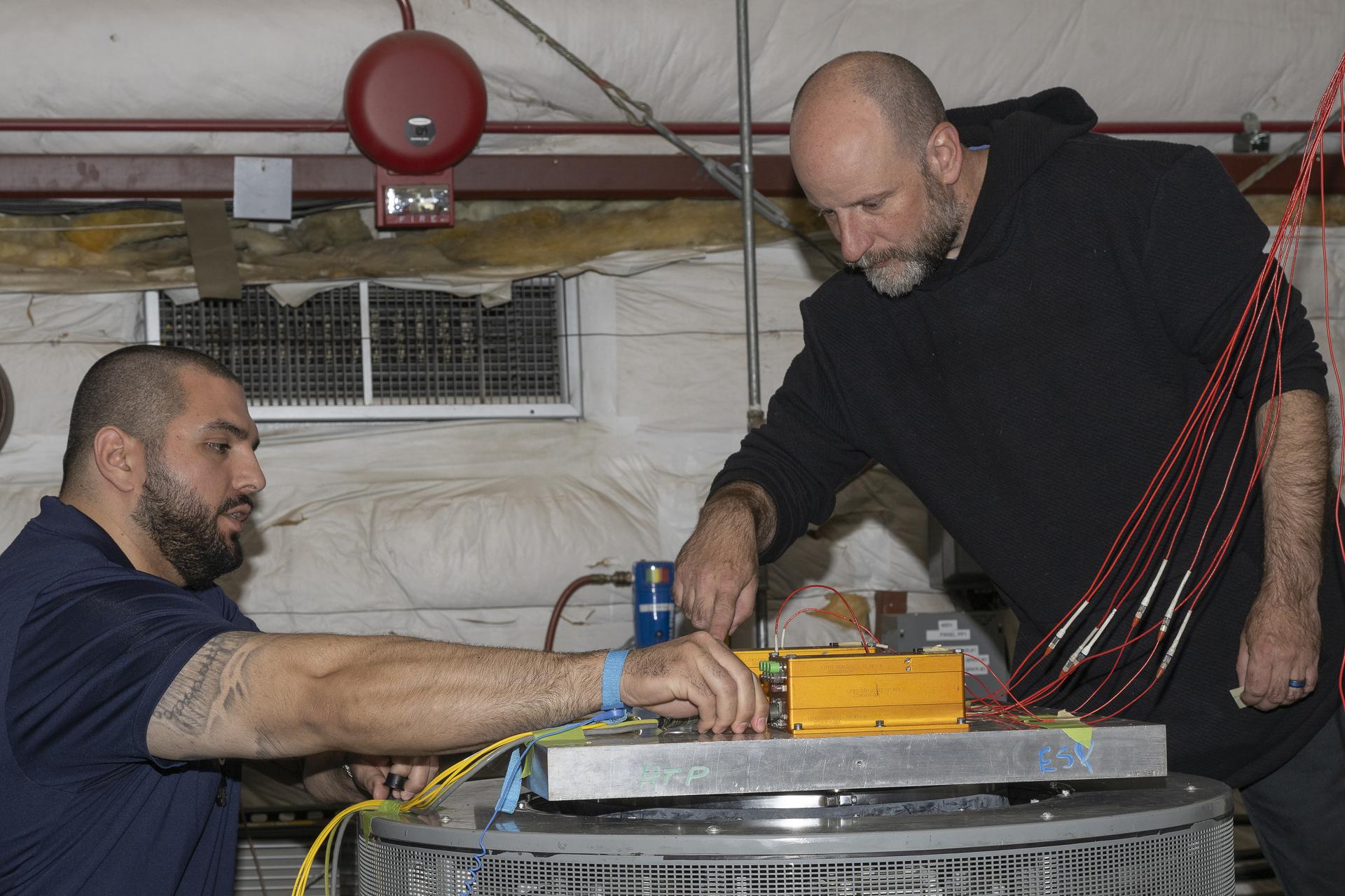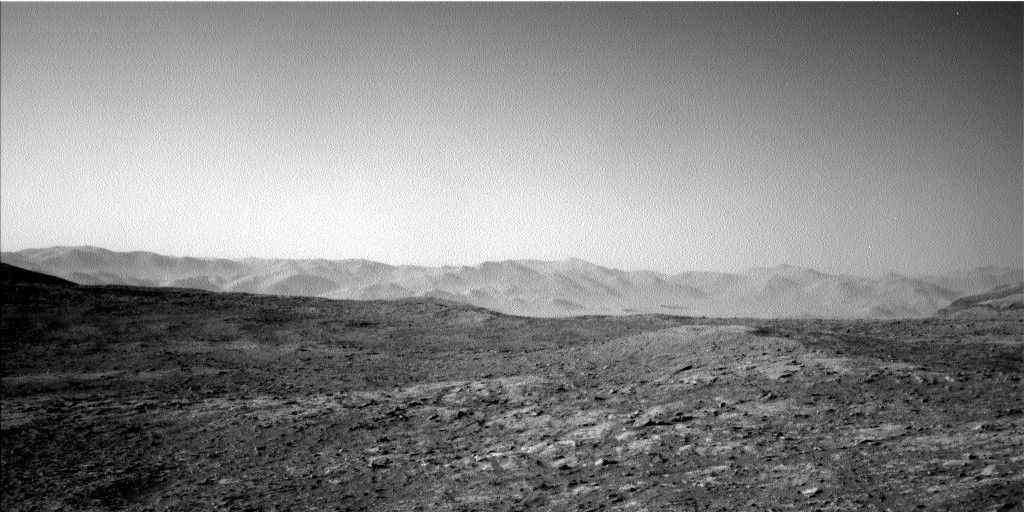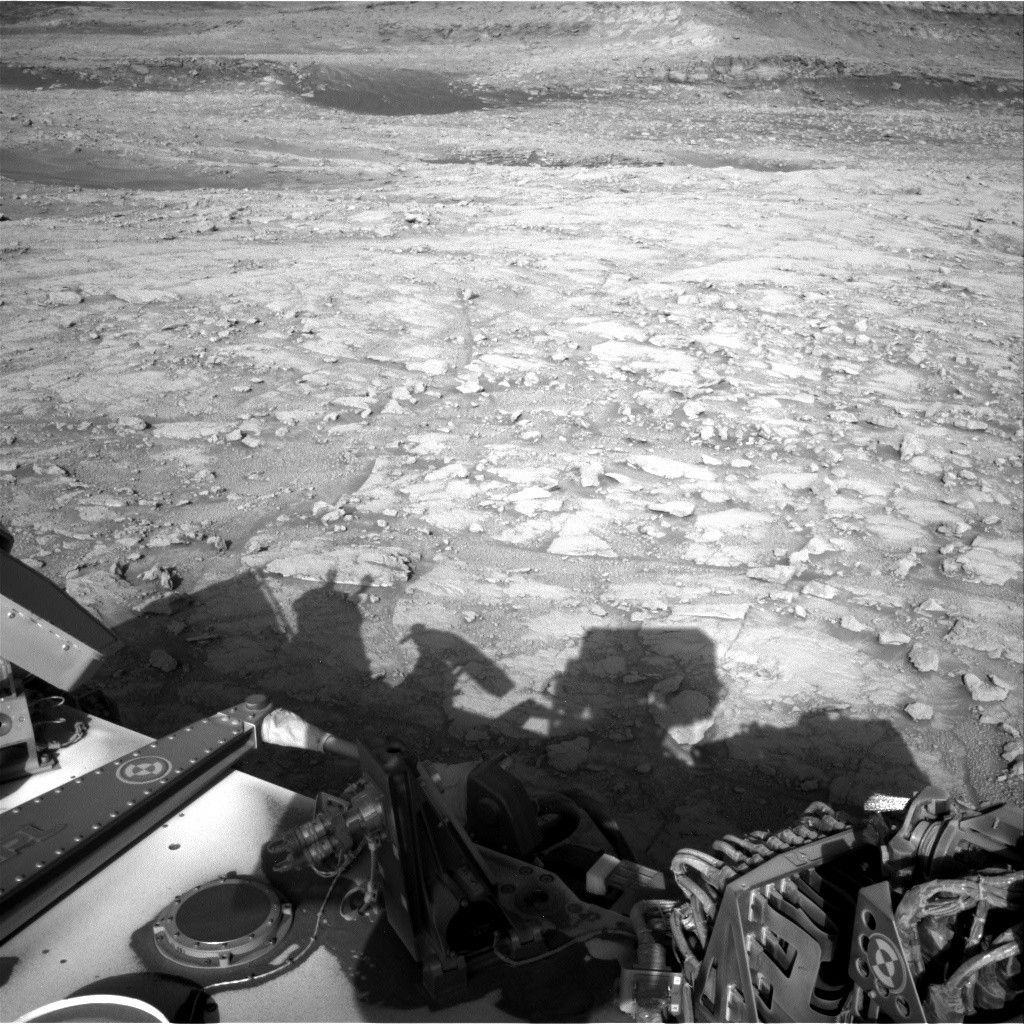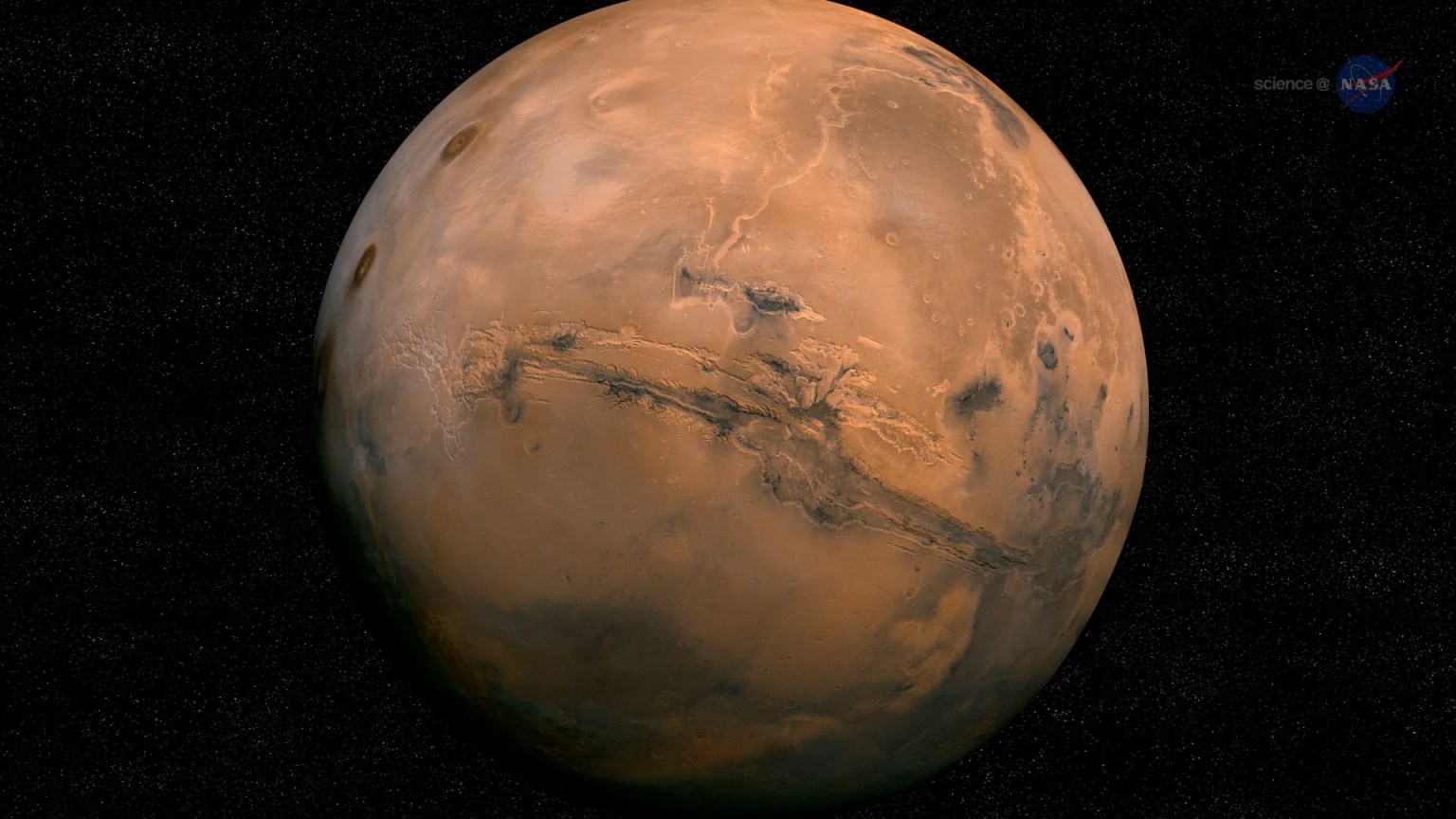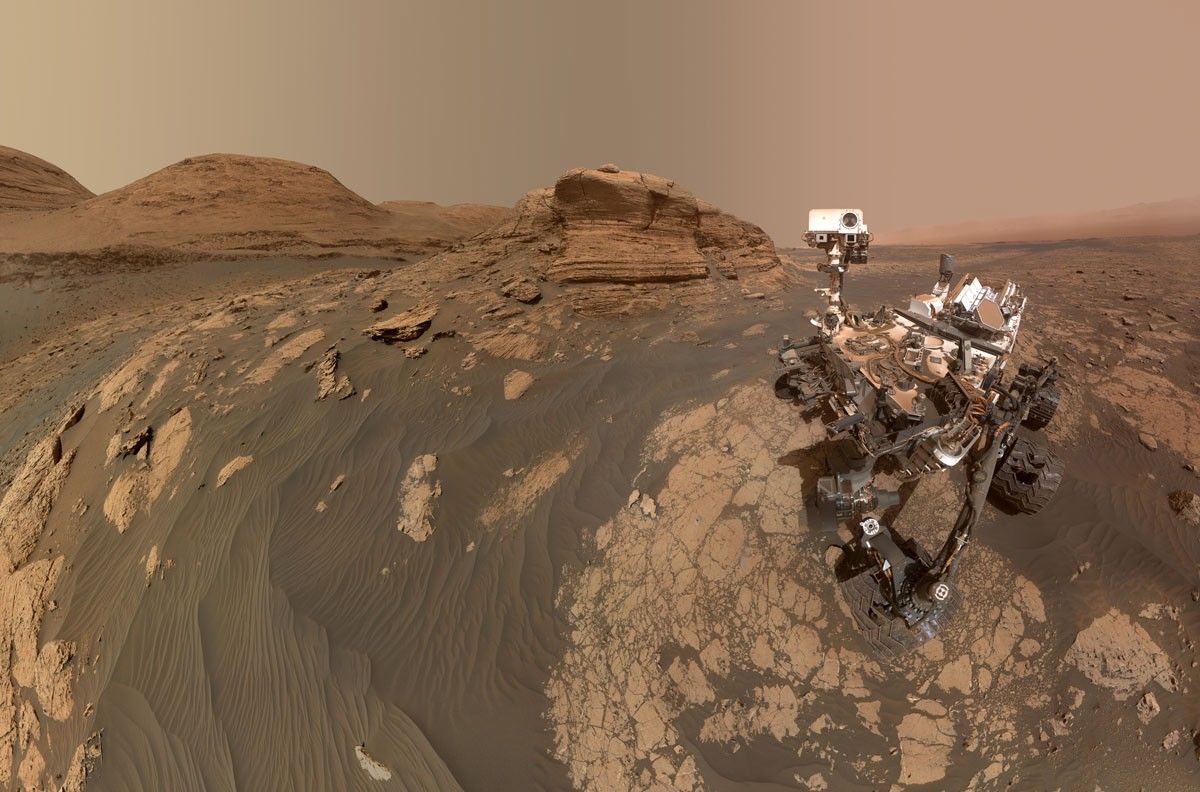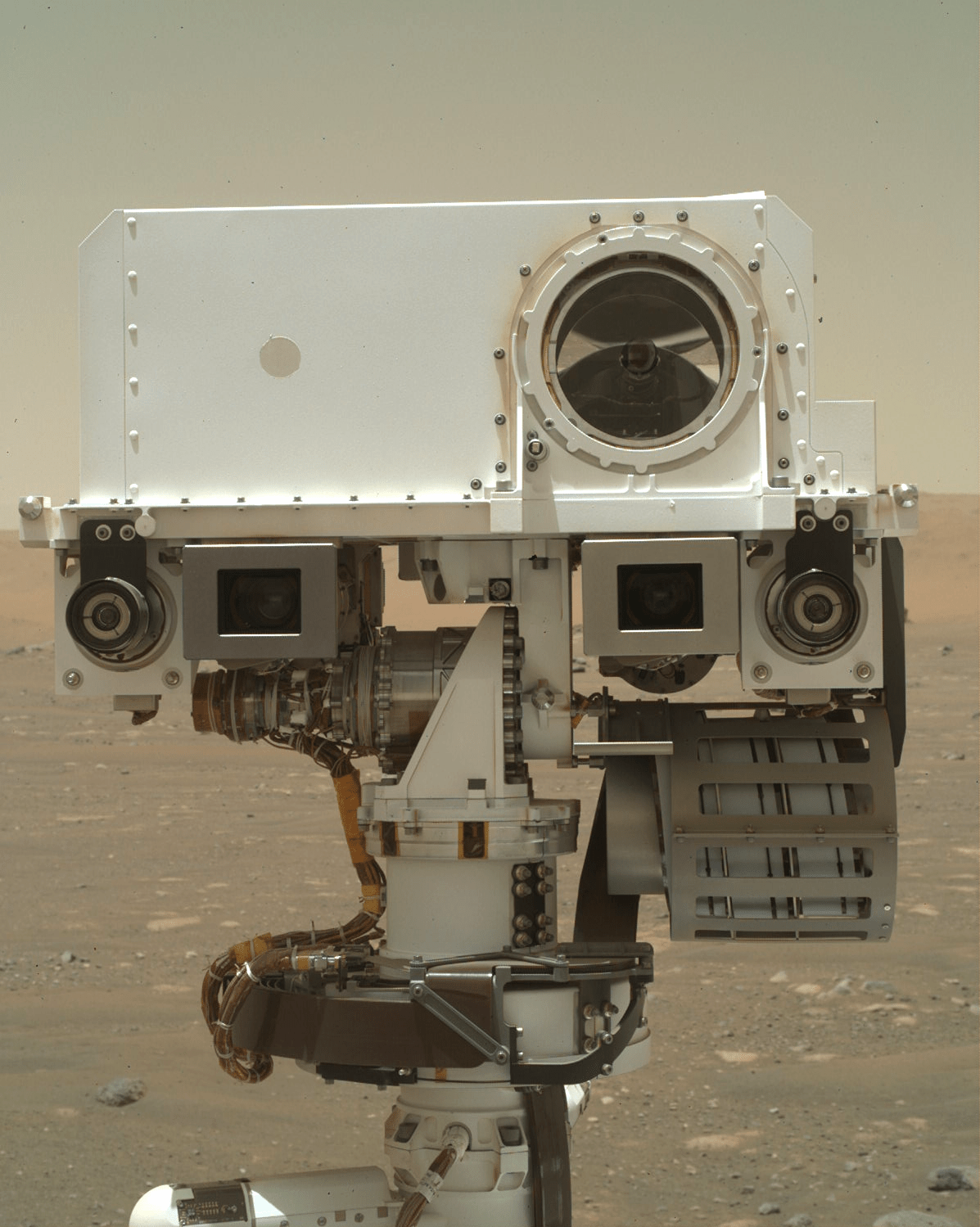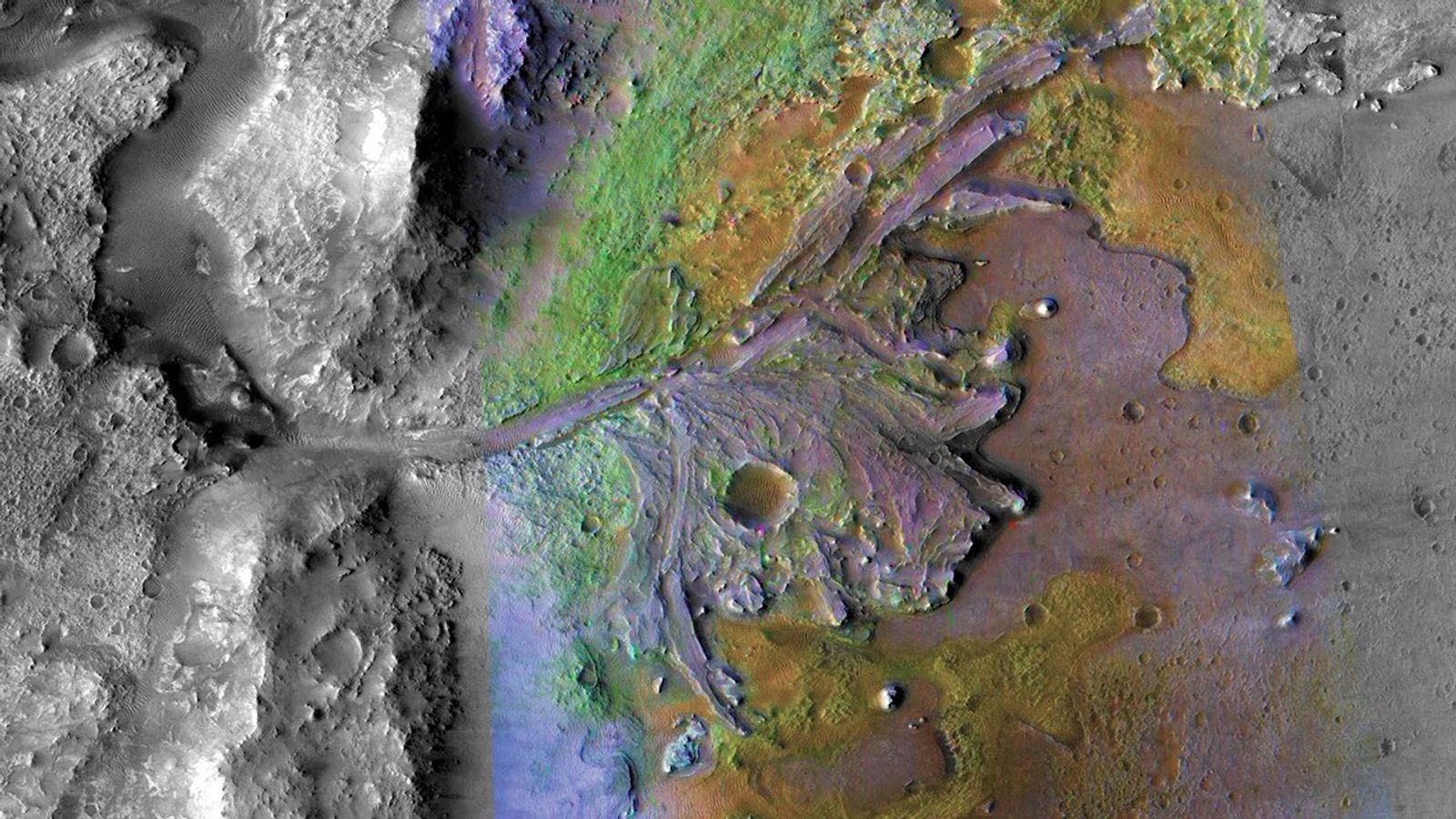The ChemCam instrument was confirmed to be safe, but will not be used againuntil Friday to give the ChemCam team a chance to rest and regroup.
The ChemCam instrument was confirmed to be safe, but will not be used again
until Friday to give the ChemCam team a chance to rest and regroup. The
team met at the end of the planning day (7:30 PDT) to review the data
received so far and to plan the next steps. By the time of this meeting I
had been up all night, so I was pretty tired but it was a good meeting, and
kept me off the freeway until rush hour traffic cleared a bit.
It was my last shift as MAHLI/MARDI Payload Uplink Lead this week, and
ended up being fairly busy because the MSL science team requested more
MARDI images at various times of day to see how useful the images are under
different illumination conditions. We were also able to plan one image at
exactly the same time of day as one taken on Sol 32, to look for changes on
the surface due to winds. So I sat down with one of the rover planners to
look at how much the rover shadows the MARDI field of view at various times
of day. I always enjoy working with the rover planners because their
visualization tools are so COOL. They allow a model of the rover to be
placed on the 3-D terrain derived from stereo images and illuminated by a
fake sun. This model showed that the MARDI images would be partly shadowed
until 15:00, when only a corner of the images would be shadowed by the left
front rover wheel. So we planned a couple images in the late afternoon and
one earlier to span the range of illumination. Based on the preliminary
results of the compression testing I've been doing, I recommended more
compression of the fully-illuminated images, to reduce data volume without
sacrificing image quality. Details in shadows are more difficult to
preserve when the image is compressed, so we left the partly-shadowed image
at the default (minimal) compression.
Although I'm not staffed in a tactical role for a few days, I plan to stay
involved in tactical operations on Mars time, as shifting between Earth and
Mars time is difficult these days.
See raw images
Written by Ken Herkenhoff, Planetary Geologist at USGS Astrogeology Science Center

